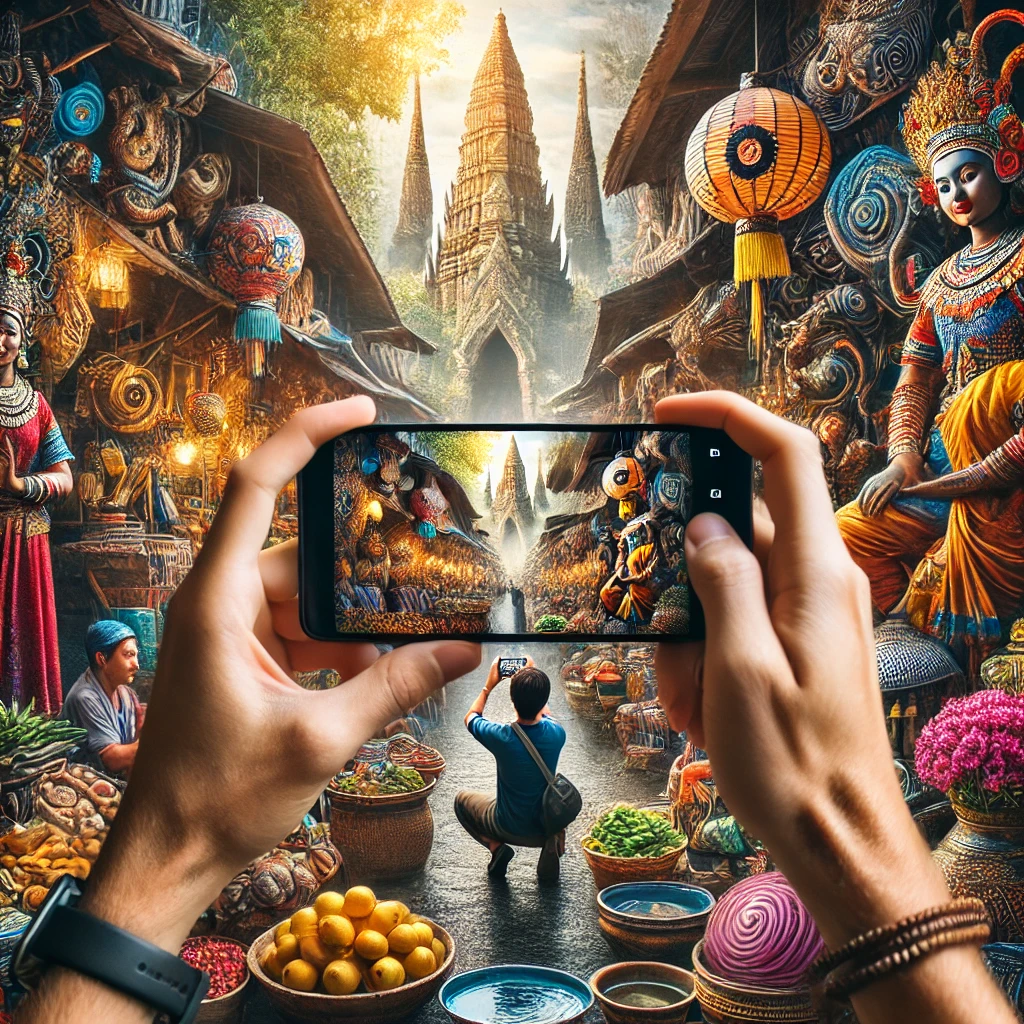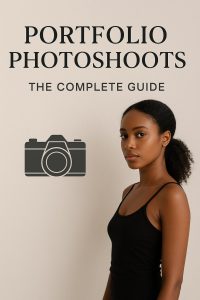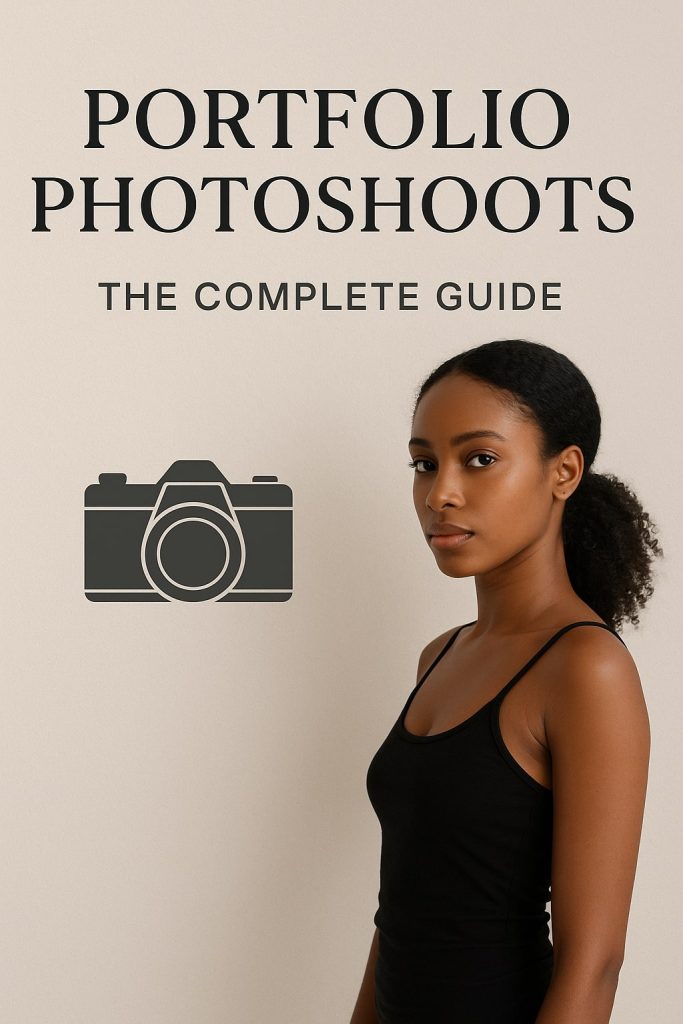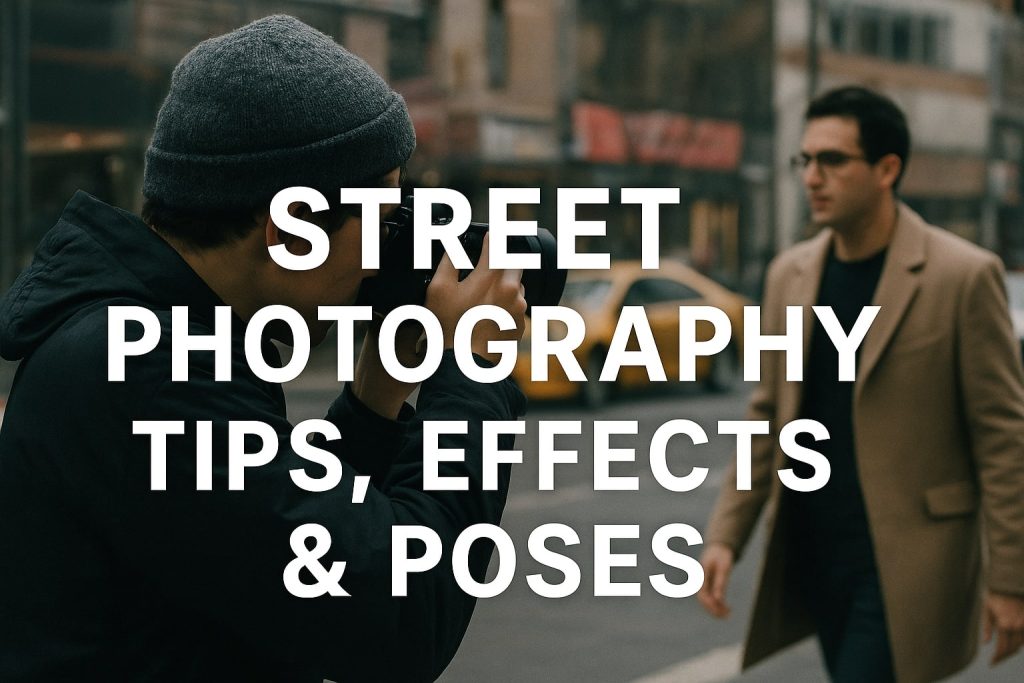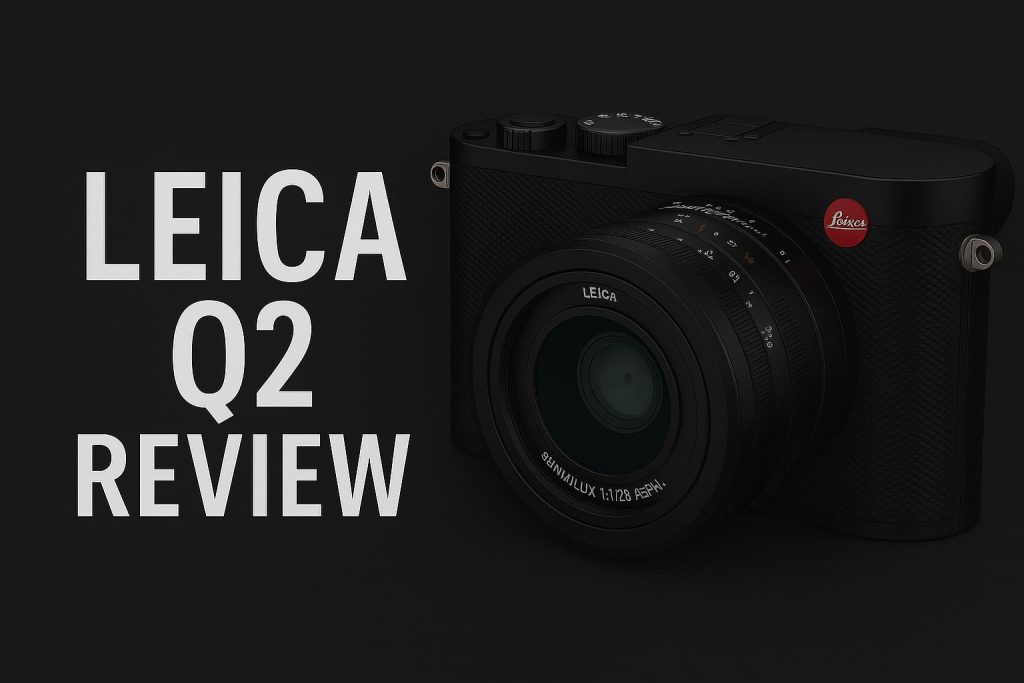Travel photography is more than capturing beautiful landscapes and historic landmarks; it’s about telling a story. A well-composed photograph transports viewers to a place, evokes emotions, and reveals narratives hidden in everyday life. Whether you’re documenting bustling city streets, tranquil villages, or cultural traditions, storytelling through travel photography makes your work meaningful and engaging.
In this guide, we’ll explore essential techniques to craft compelling visual stories that resonate with audiences and elevate your photography skills.
1. Understanding storytelling through travel photography
Storytelling in photography is the art of using visuals to communicate emotions, culture, and experiences. Instead of a random snapshot, storytelling images create connections and immerse the viewer in the moment.
Elements of a Great Storytelling Photograph:
- Strong Subject: A person, place, or object that draws attention.
- Compelling Composition: Framing, angles, and lighting that enhance the mood.
- Emotional Connection: Expressions, gestures, and colors that convey feelings.
- Narrative Depth: A moment frozen in time that hints at a larger story.
2. Researching Your Destination for a Strong Narrative
Before visiting a location, research its history, traditions, and people. This helps you capture meaningful moments rather than just tourist attractions.
Ways to Research Before a Trip:
- Read books, blogs, and travel guides.
- Follow local photographers and travel influencers.
- Connect with locals via social media or travel forums.
- Explore cultural events, festivals, and significant landmarks.
A well-informed photographer anticipates moments and tells a more authentic story.
3. Capturing Emotion and Human Connection
Travel photography becomes powerful when it evokes emotions. Expressions, interactions, and candid moments bring stories to life.
Tips for Capturing Emotions:
- Observe and Wait: Let moments unfold naturally before clicking the shutter.
- Use a Telephoto Lens: Capture raw emotions from a distance without being intrusive.
- Engage With People: Build rapport before taking portraits for more genuine expressions.
- Pay Attention to Eyes: The eyes often reveal the deepest emotions in a frame.
4. Composing for Storytelling Impact
Great composition makes an image visually engaging and enhances its narrative.
Key Composition Techniques:
- Rule of Thirds: Place key elements along grid lines for a balanced image.
- Leading Lines: Use roads, rivers, or architectural details to guide the viewer’s eye.
- Frame Within a Frame: Utilize windows, doors, or arches to add depth.
- Foreground Interest: Include elements in the foreground to create layers and perspective.
Experiment with angles, reflections, and light to add drama and dimension.
5. Using Light to Enhance Storytelling
Lighting plays a crucial role in storytelling. It sets the mood and directs attention to the focal point.
Types of Light in Travel Photography:
- Golden Hour: Soft, warm light that enhances landscapes and portraits.
- Blue Hour: The cool, atmospheric light before sunrise or after sunset.
- Harsh Light: Strong contrasts ideal for street photography.
- Backlighting: Creates silhouettes and dreamy effects.
Being mindful of light conditions helps you capture powerful, evocative images.
6. The Importance of Context in Travel Photography
Context adds depth and meaning to your images. Instead of isolating subjects, show their surroundings to tell a richer story.
How to Add Context:
- Include background elements that provide cultural or historical clues.
- Capture people in their natural environment to reflect daily life.
- Use wide-angle shots to showcase landscapes and urban settings.
A well-composed image with context tells a complete story rather than just a snapshot.
7. Candid vs. Posed Photography: Choosing the Right Approach
Candid Photography:
- Captures natural emotions and unposed moments.
- Ideal for street scenes, festivals, and marketplaces.
- Requires patience and observation.
Posed Photography:
- Involves directing the subject for a specific mood or theme.
- Works well for environmental portraits and cultural storytelling.
- Needs communication and engagement with subjects.
A mix of both styles enhances the variety and impact of your travel photography portfolio.
8. Post-Processing to Enhance Your Story
Editing refines your images and brings out the story more effectively.
Editing Techniques for Storytelling:
- Adjust brightness and contrast to emphasize the subject.
- Enhance colors to match the mood of the scene.
- Crop strategically to remove distractions and improve composition.
- Use selective sharpening to highlight key details.
Avoid over-editing; the goal is to enhance the narrative, not distort reality.
9. Creating a Visual Series for a Stronger Story
Instead of a single image, a series of photos can tell a more complete story.
How to Build a Storytelling Photo Series:
- Start with an Establishing Shot: Set the scene with a wide-angle view.
- Include Close-Ups: Highlight emotions, expressions, and textures.
- Capture Transitions: Show interactions or movement between moments.
- End with a Strong Closing Shot: A final image that leaves a lasting impression.
A photo series allows viewers to immerse themselves in the journey and connect deeply with the story.
Conclusion
Storytelling through travel photography transforms images into powerful narratives that resonate with viewers. By researching your destination, capturing emotions, mastering composition, and using light effectively, you can create compelling visual stories.
Start practicing these techniques, and soon your travel photos will transport audiences to the heart of every adventure. What’s your most memorable travel photography story? Share your experiences in the comments below!

Mobile Photography Hacks: Candid Moments with Your Phone
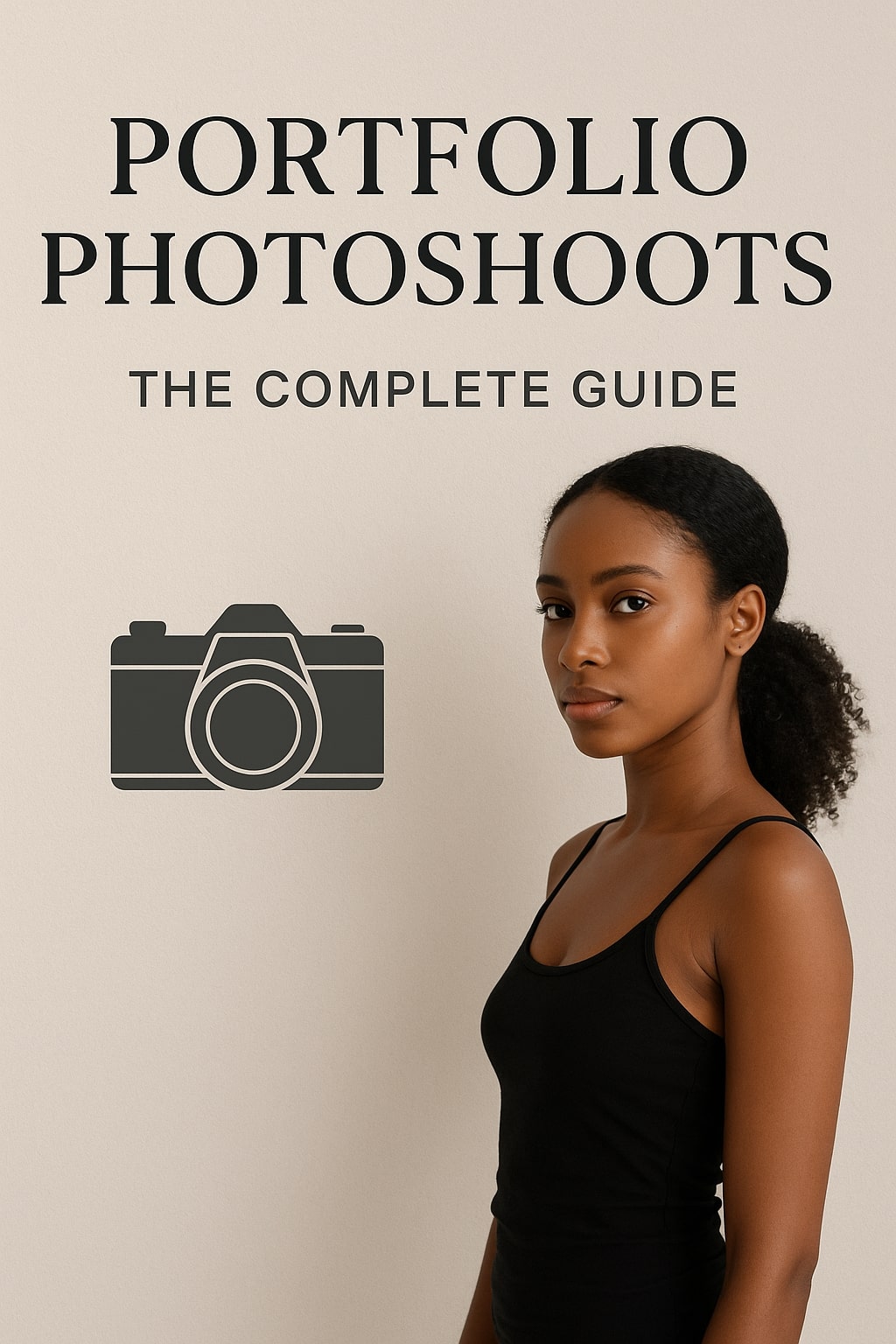
Professional Model & Portfolio Photoshoots: Show Your Best Work
-
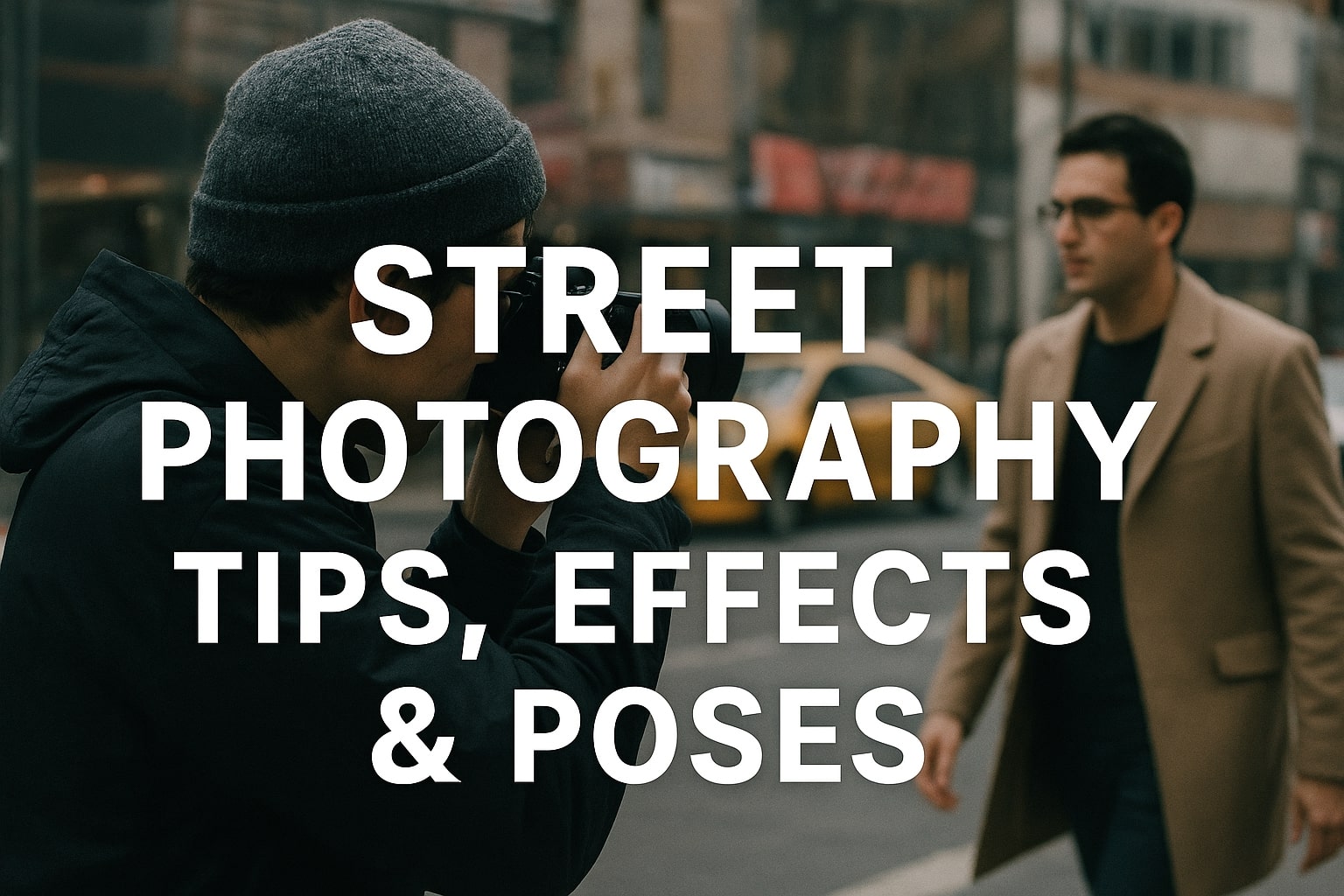
Street Photography Tips, Effects & Poses – Complete Guide
-
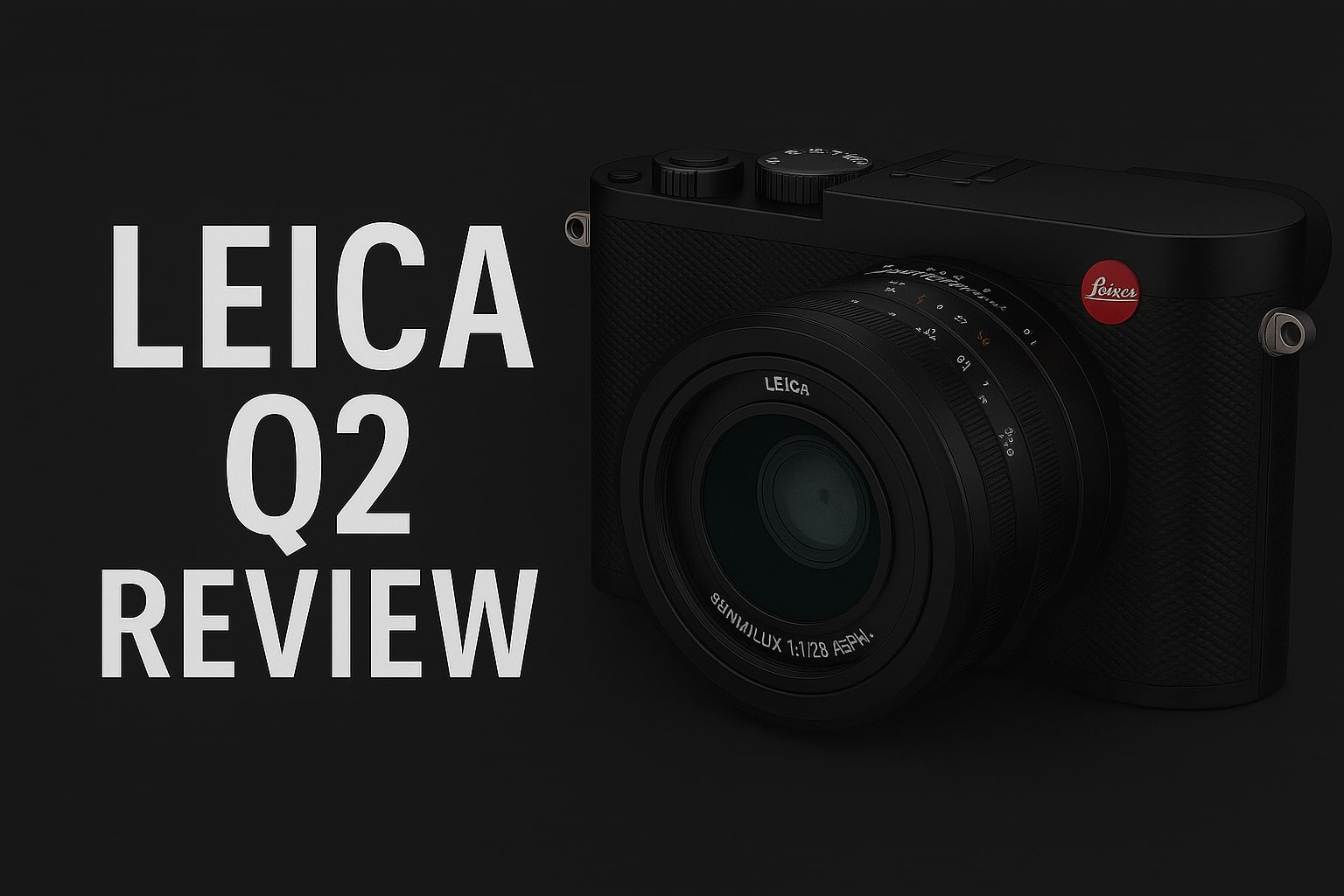
Leica Q2 for Photography: Why It’s Loved by Photographers
Mobile Photography Hacks: Candid Moments with Your Phone
Discover high-impact mobile photography hacks to capture genuine, gorgeous candid moments with your phone. Learn practical tips, composition secrets, and pro techniques to turn everyday scenes into stunning visual stories. Introduction: The New Age of Mobile Photography Photography has evolved beyond heavy cameras, technical jargon, and expensive equipment. Today, the power to capture extraordinary moments
Professional Model & Portfolio Photoshoots: Show Your Best Work
” Discover how to plan, style, and execute stunning portfolio photoshoots that showcase your skills, personality, and versatility. This comprehensive guide covers professional tips, posing ideas, gear suggestions, and industry insights for models and photographers.” Introduction – Why Portfolio Photoshoots Are the Cornerstone of a Photographer’s Career A well-crafted portfolio photoshoot is more than a
Street Photography Tips, Effects & Poses – Complete Guide
Discover the ultimate guide to Street Photography with expert tips, creative effects, and dynamic poses. Learn how to capture authentic urban moments, master composition, and tell powerful visual stories through your lens. Article Outline 1. Introduction to Street Photography Street Photography is more than just taking pictures of people in public spaces — it’s about
Leica Q2 for Photography: Why It’s Loved by Photographers
Introduction: The Cult Status of the Leica Q2 The Leica Q2 is not just a camera—it’s a statement. Combining the heritage of German precision engineering with modern digital excellence, it holds a special place in the hearts of professional and passionate photographers alike. With its full-frame sensor, prime Summilux lens, and minimalist design, the Q2
Top Cameras Under ₹1 Lakh for Freelance Photography
Freelance photography is no longer a niche—it’s a booming creative profession that demands not only vision and hustle but also the right gear. Your camera isn’t just a tool; it’s your storytelling partner. If you’re a freelance photographer aiming to balance performance, versatility, and budget, investing in a cameras under ₹1 lakh can offer the
Top Features of Nikon D850 That Make It Ideal for Photoshoots
Explore the top features of the Nikon D850 that make it a powerhouse for photoshoots. From exceptional resolution to dynamic range, this detailed Nikon D850 guide is built for professional and aspiring photographers. 1. Introduction When Nikon launched the D850, it quickly earned a reputation as a flagship DSLR that redefined what photographers could expect
